-
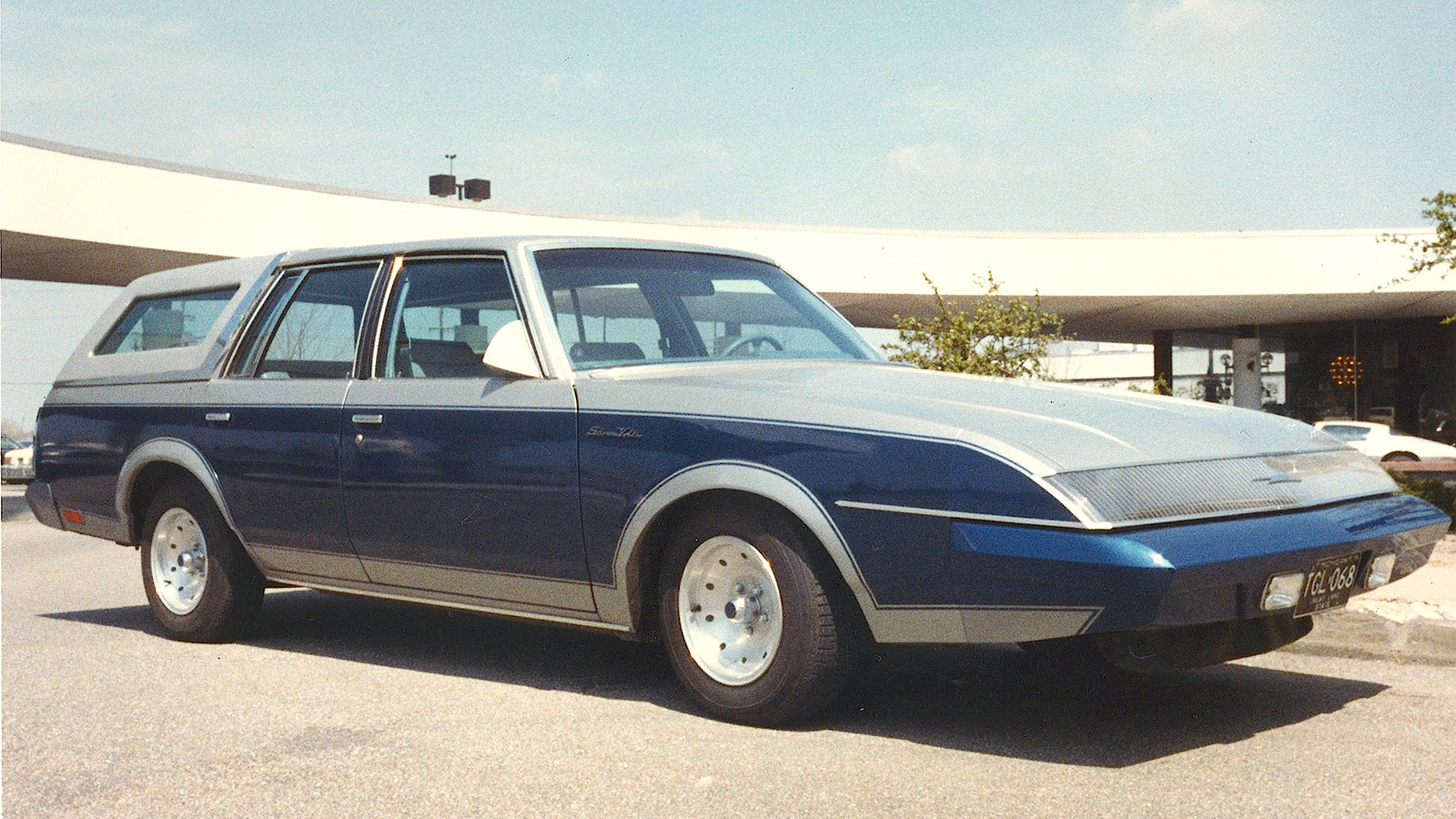 © Classic & Sports Car
© Classic & Sports Car -
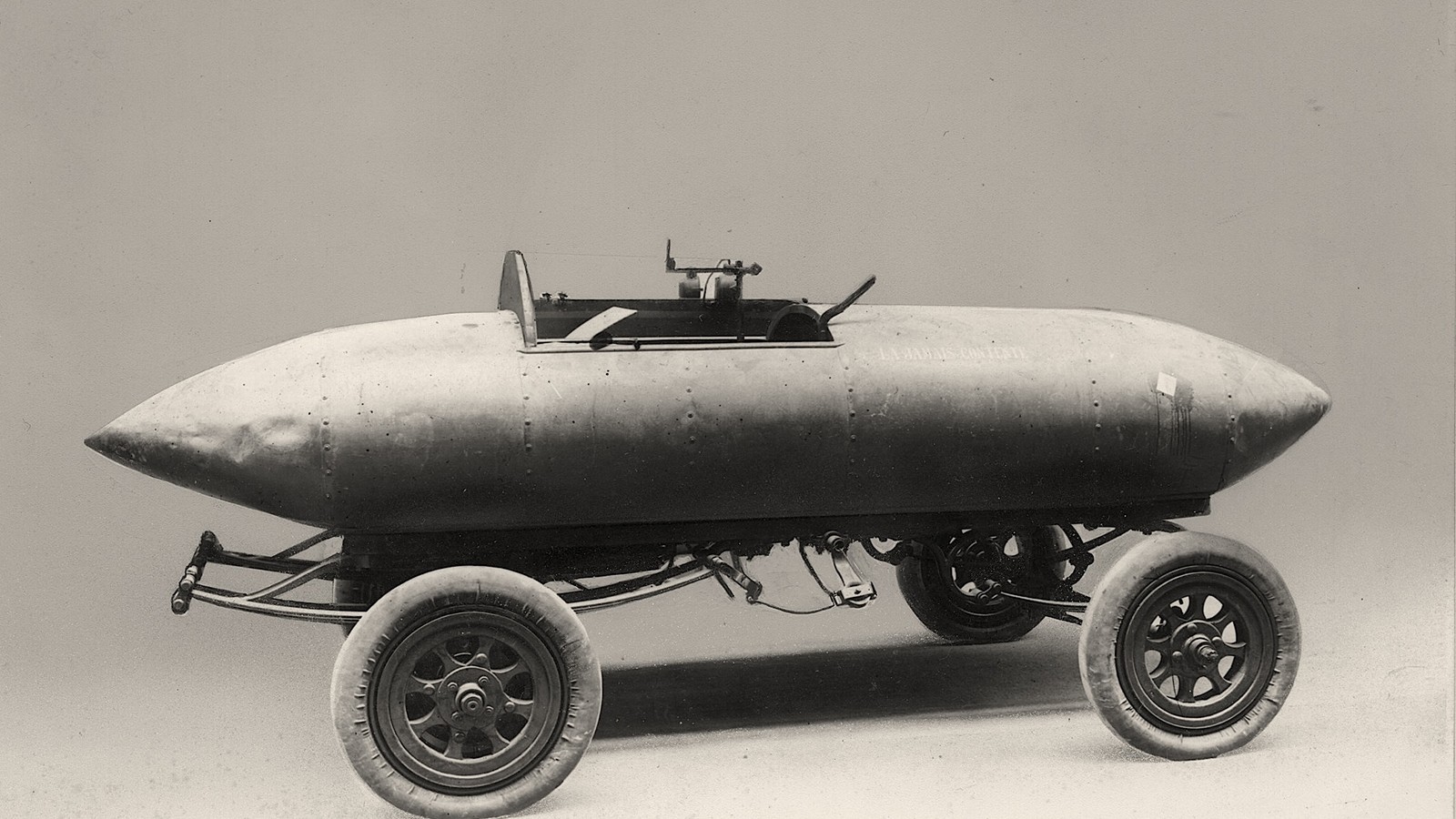 © Classic & Sports Car
© Classic & Sports Car -
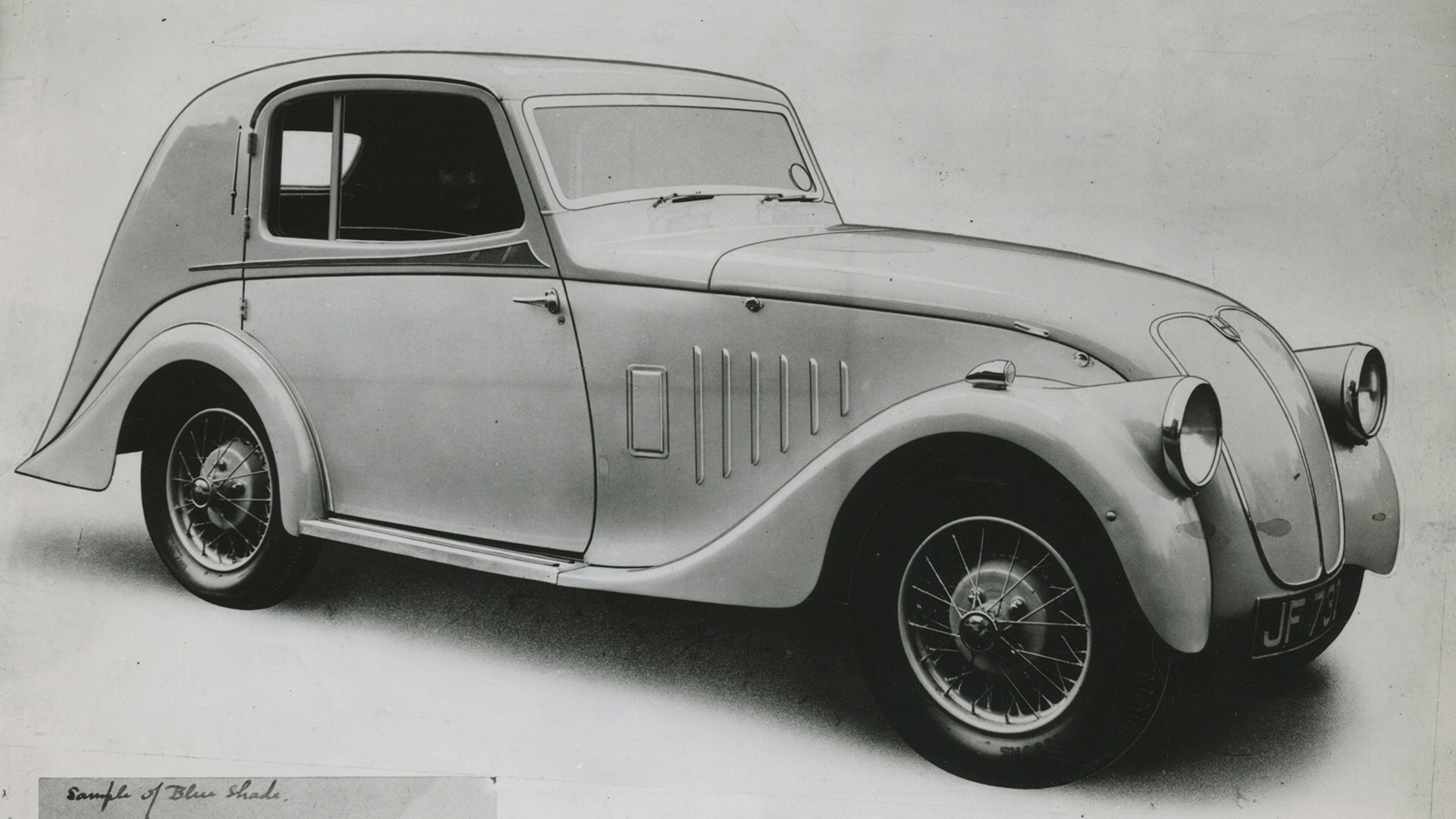 © Classic & Sports Car
© Classic & Sports Car -
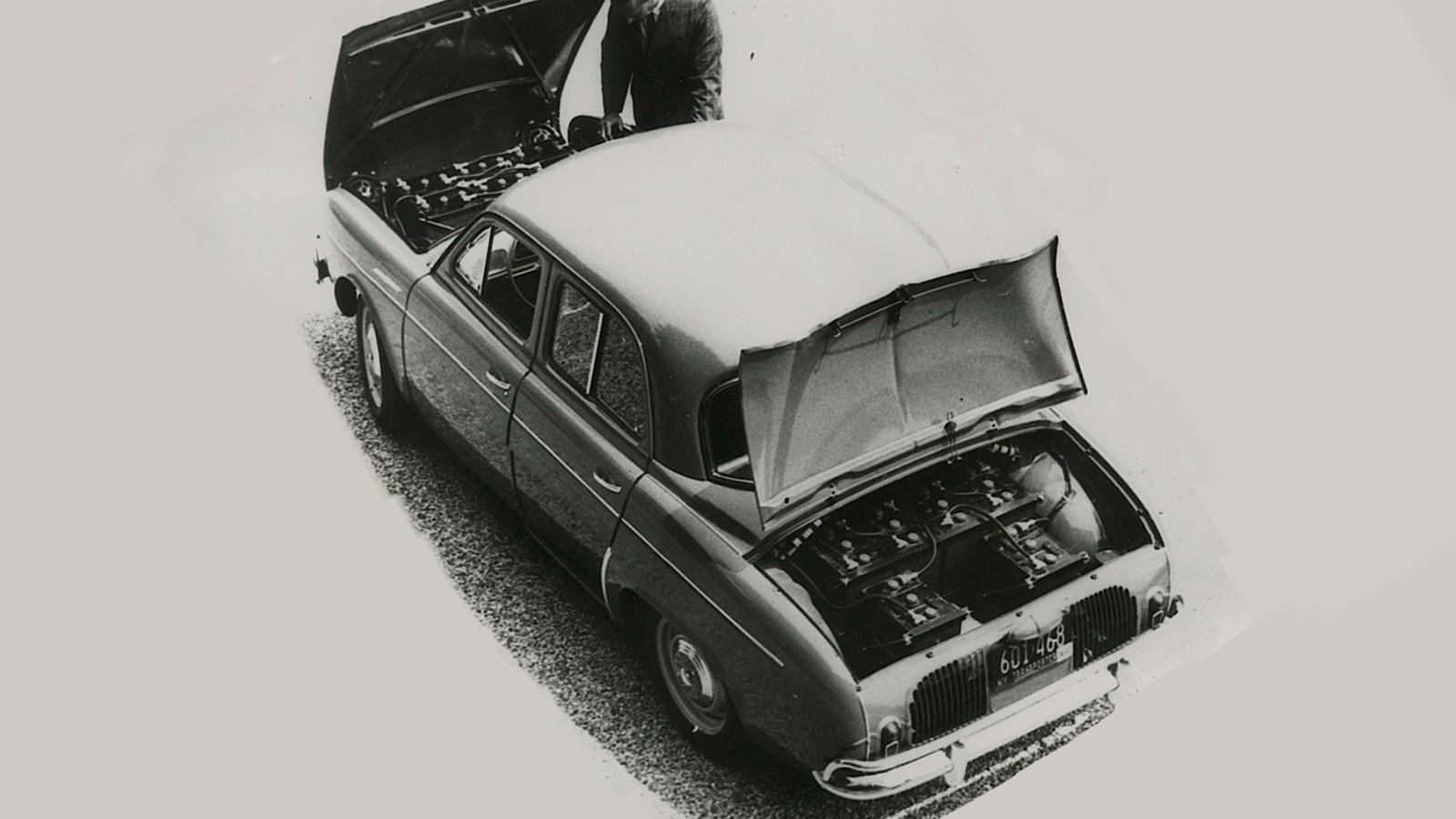 © Classic & Sports Car
© Classic & Sports Car -
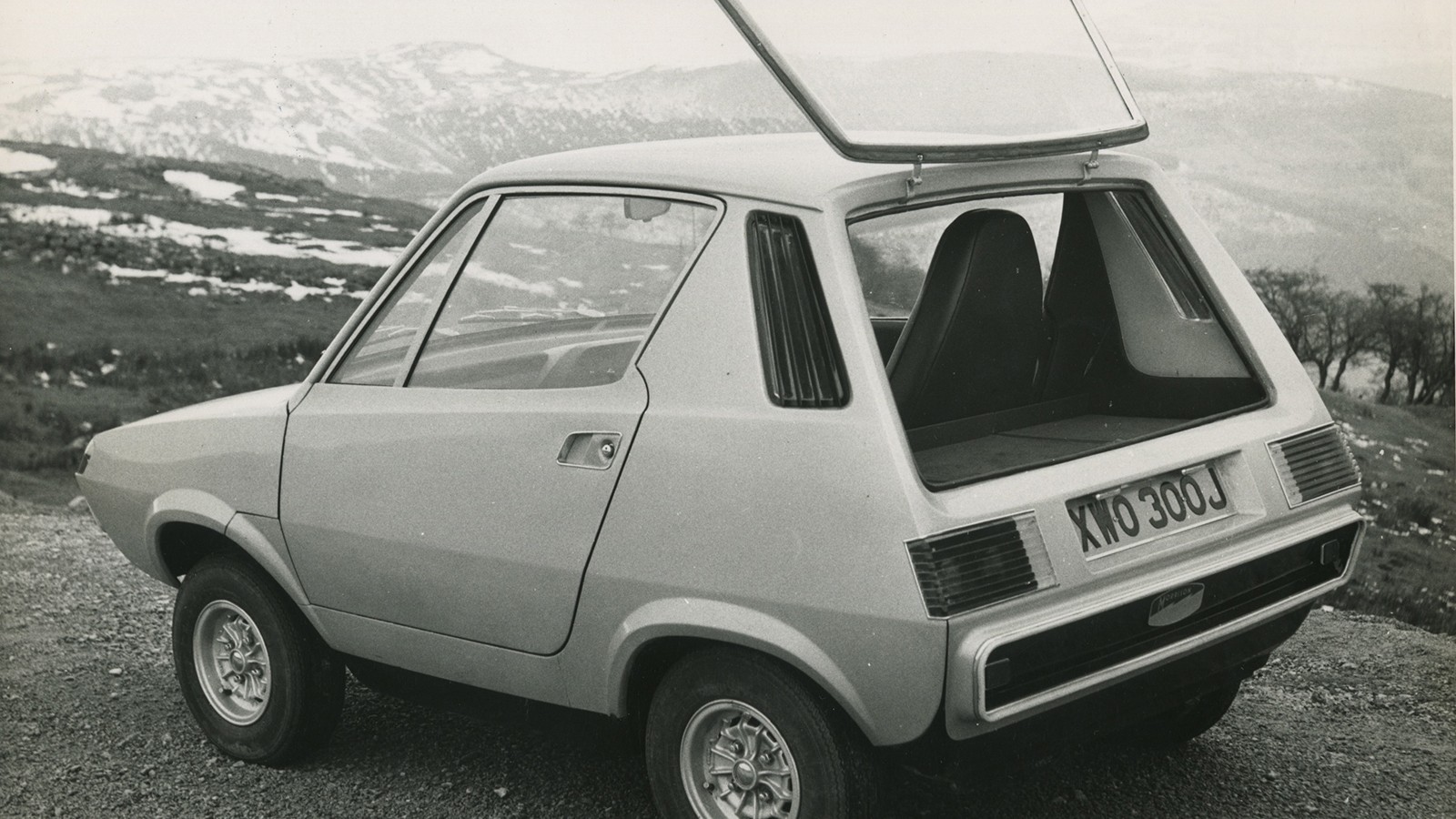 © Classic & Sports Car
© Classic & Sports Car -
 © Classic & Sports Car
© Classic & Sports Car -
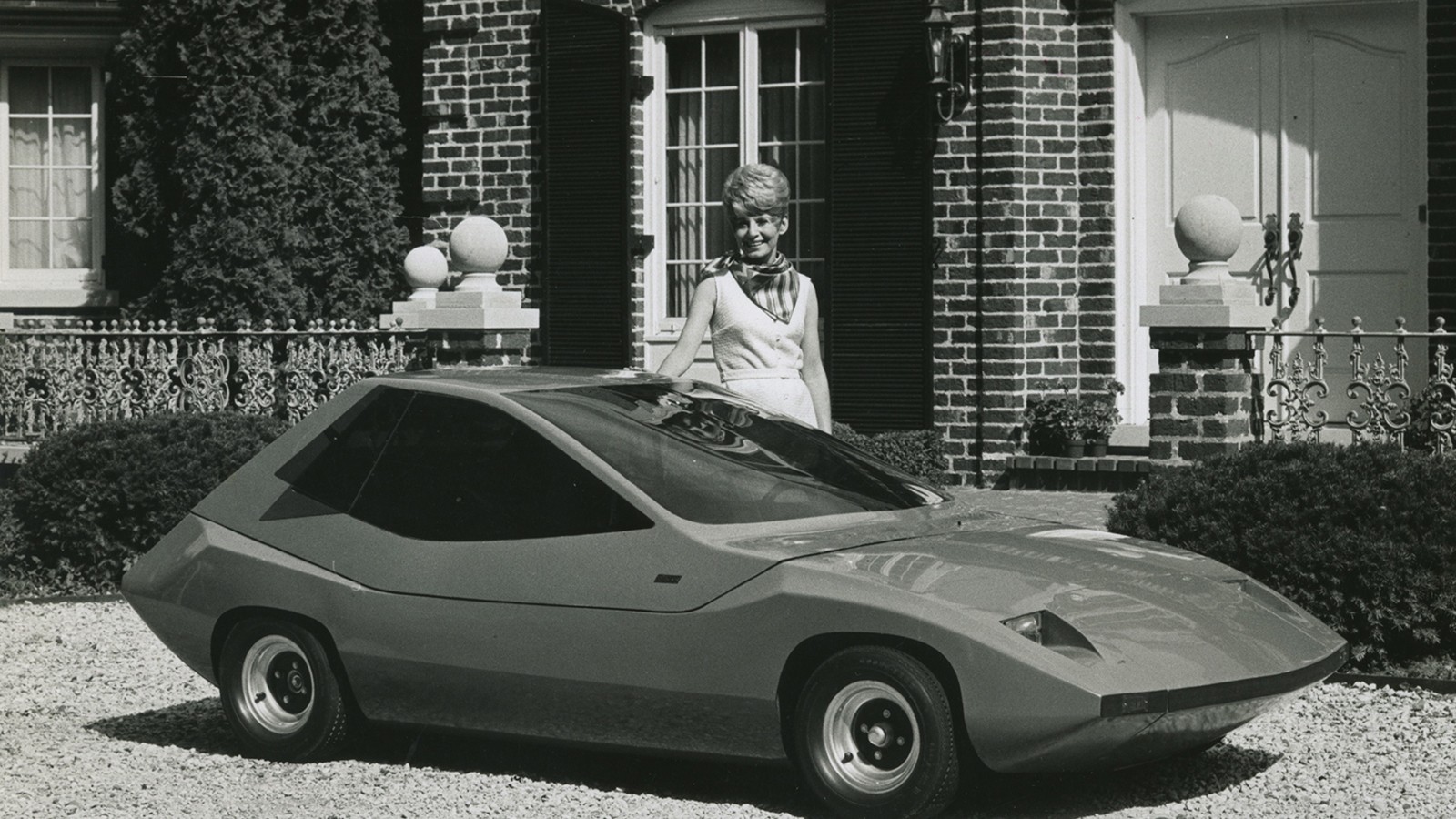 © Classic & Sports Car
© Classic & Sports Car -
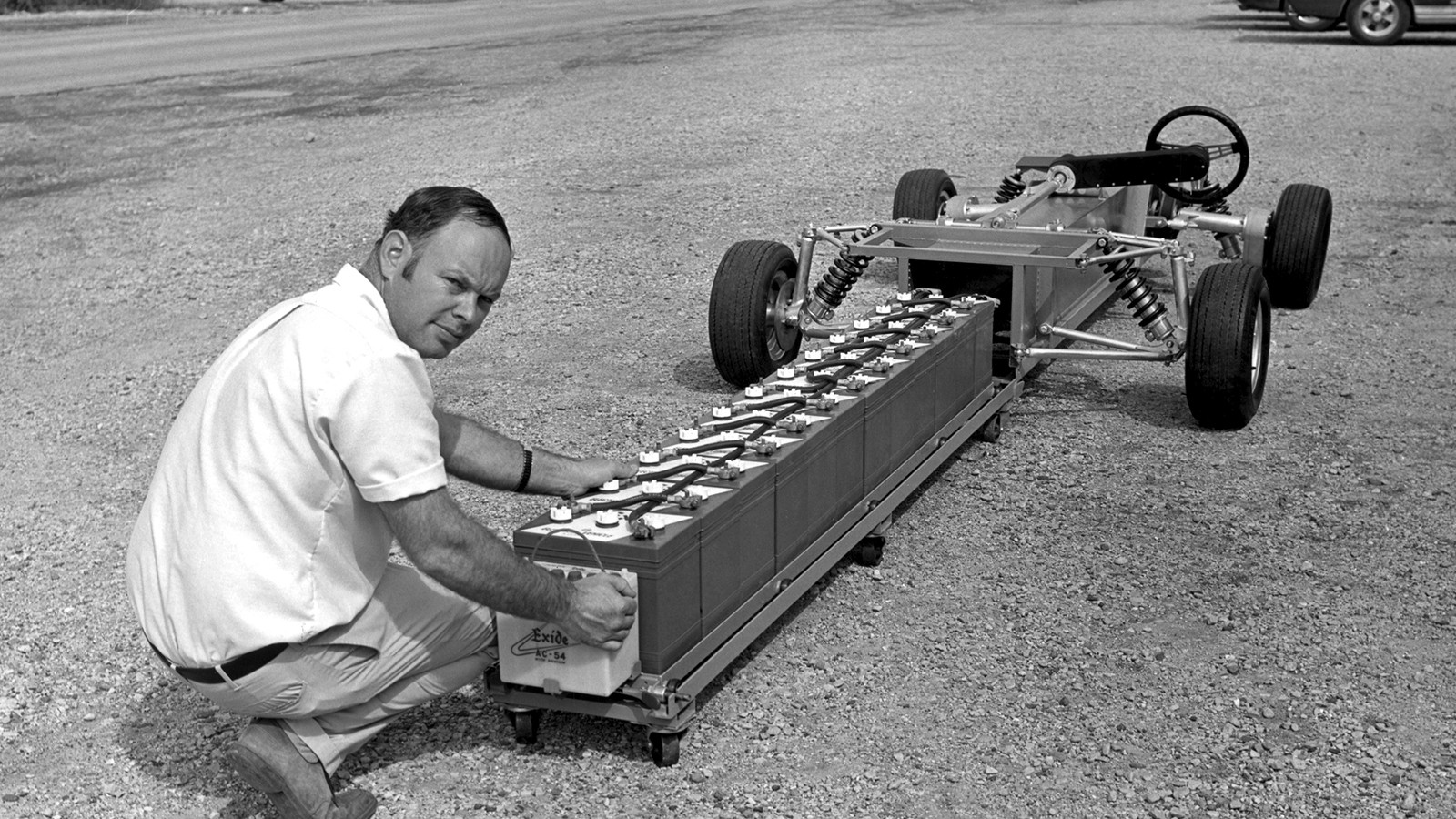 © Classic & Sports Car
© Classic & Sports Car -
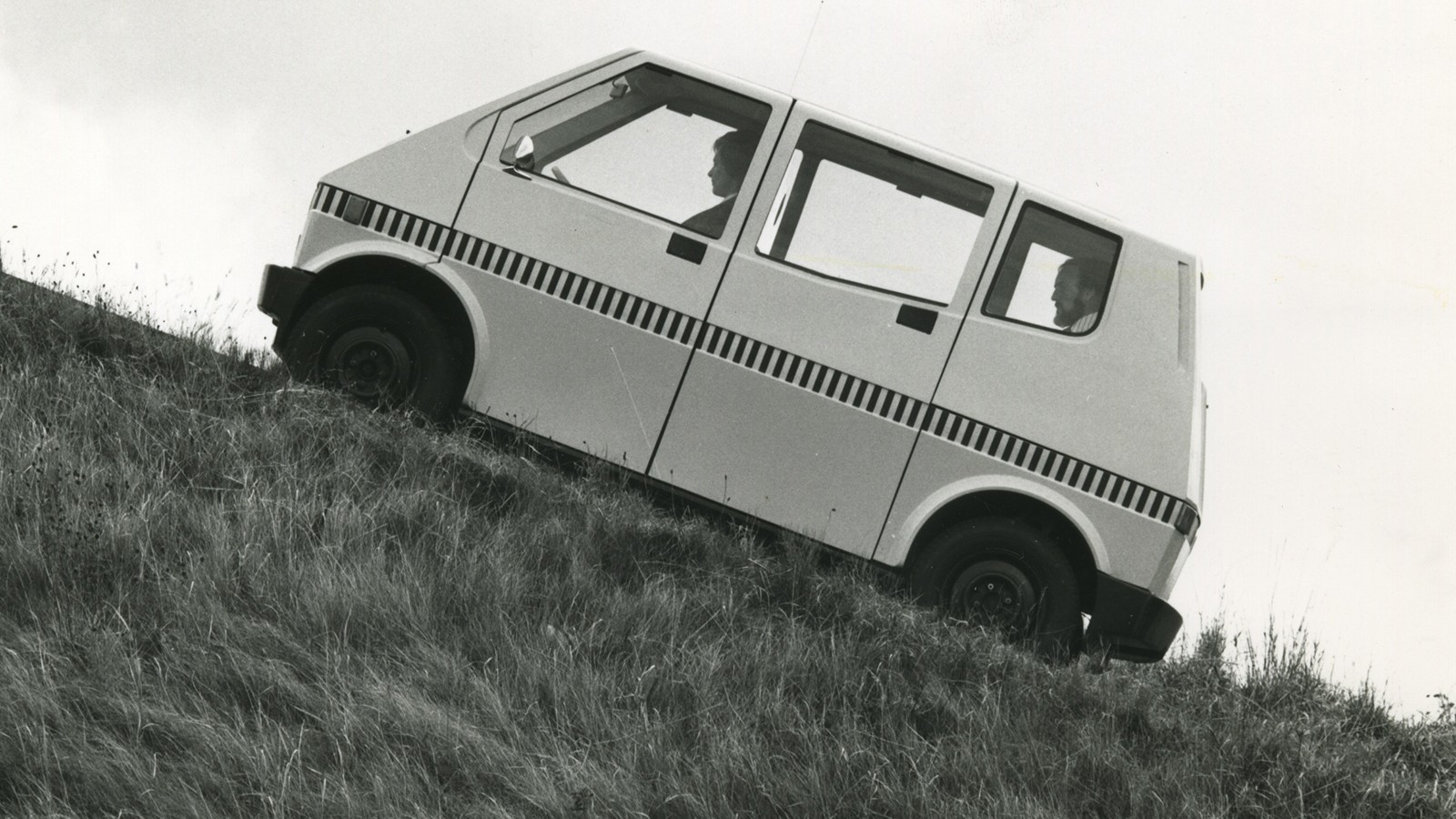 © Classic & Sports Car
© Classic & Sports Car -
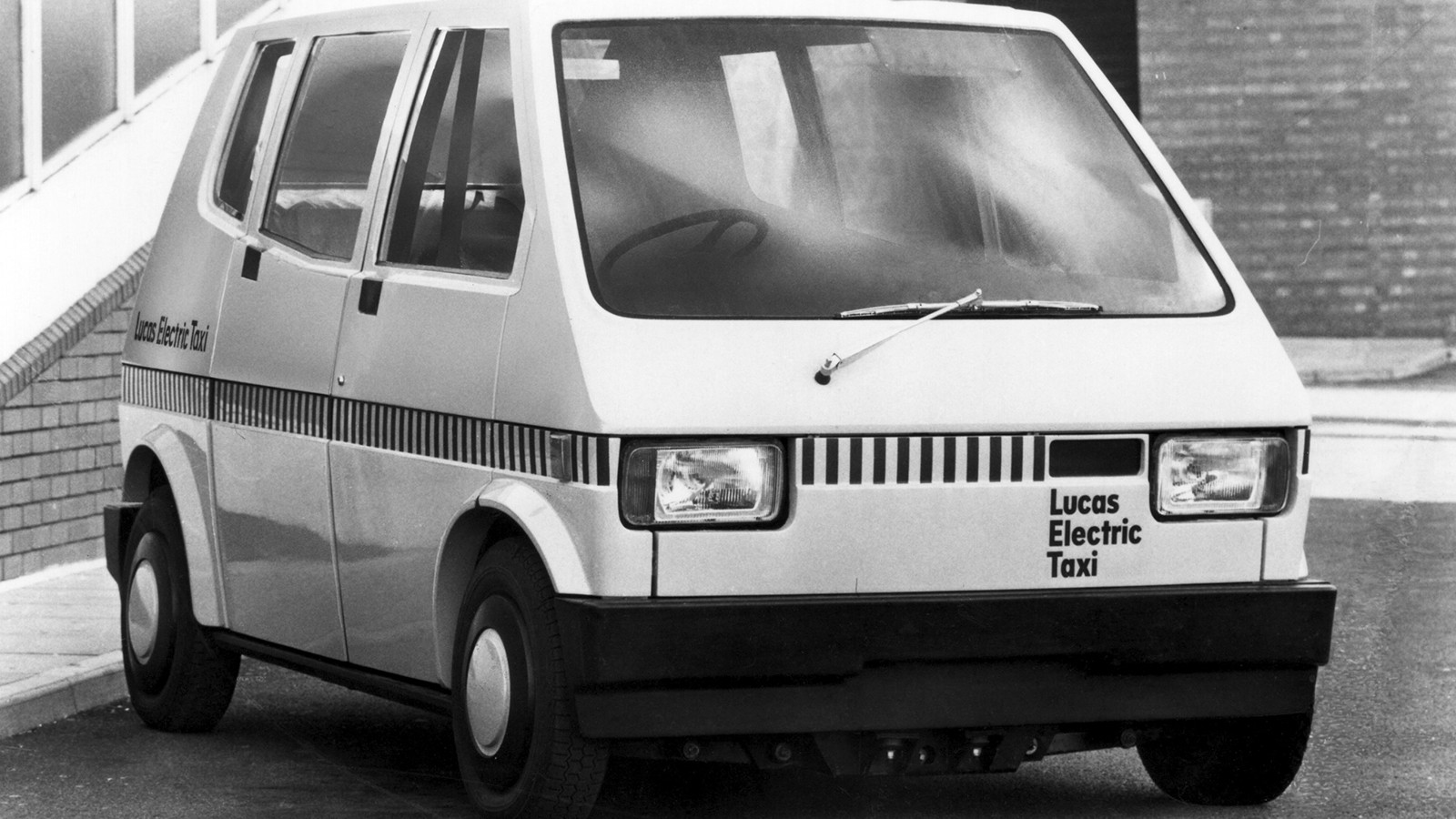 © Classic & Sports Car
© Classic & Sports Car -
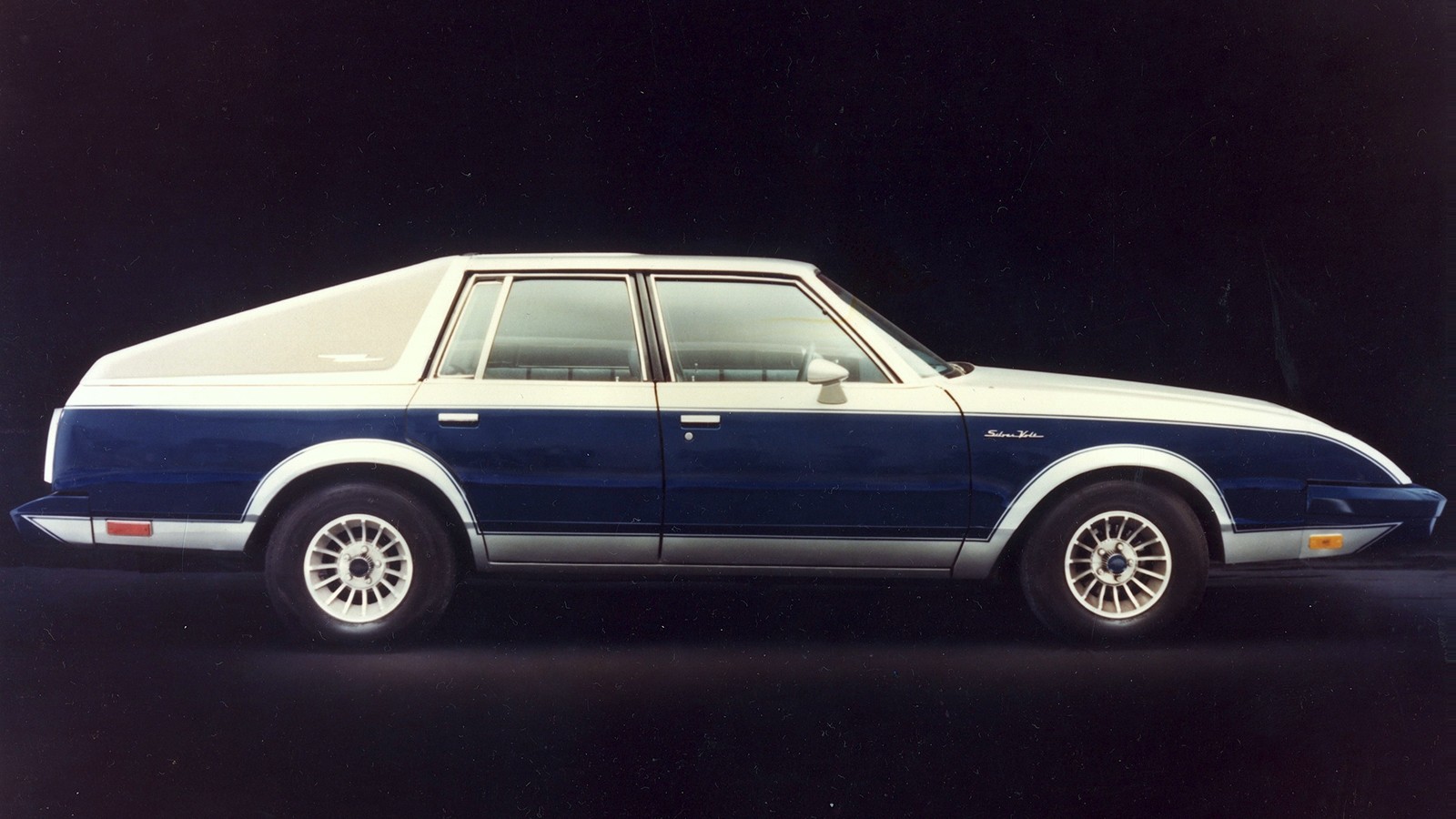 © Classic & Sports Car
© Classic & Sports Car -
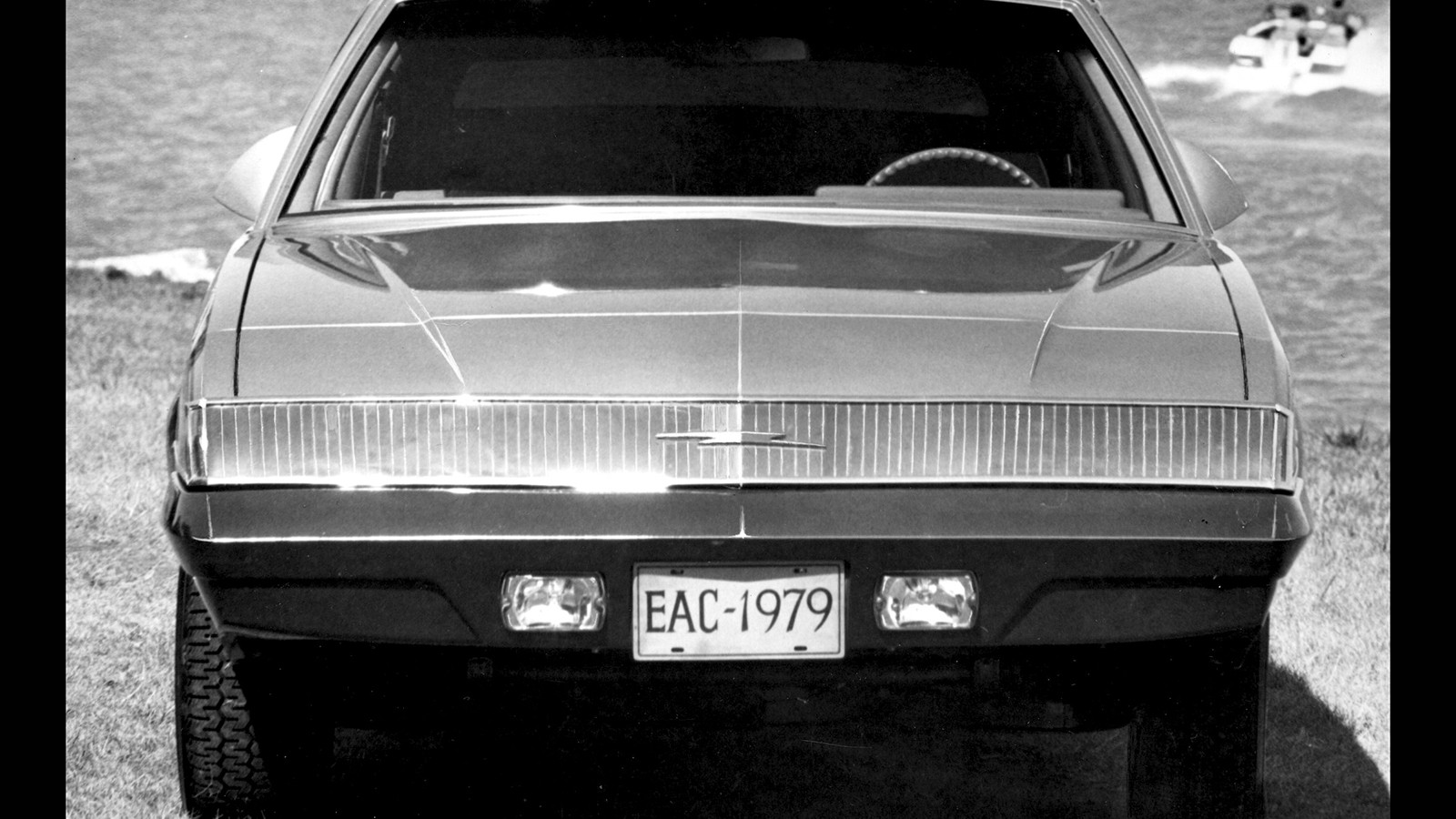 © Classic & Sports Car
© Classic & Sports Car -
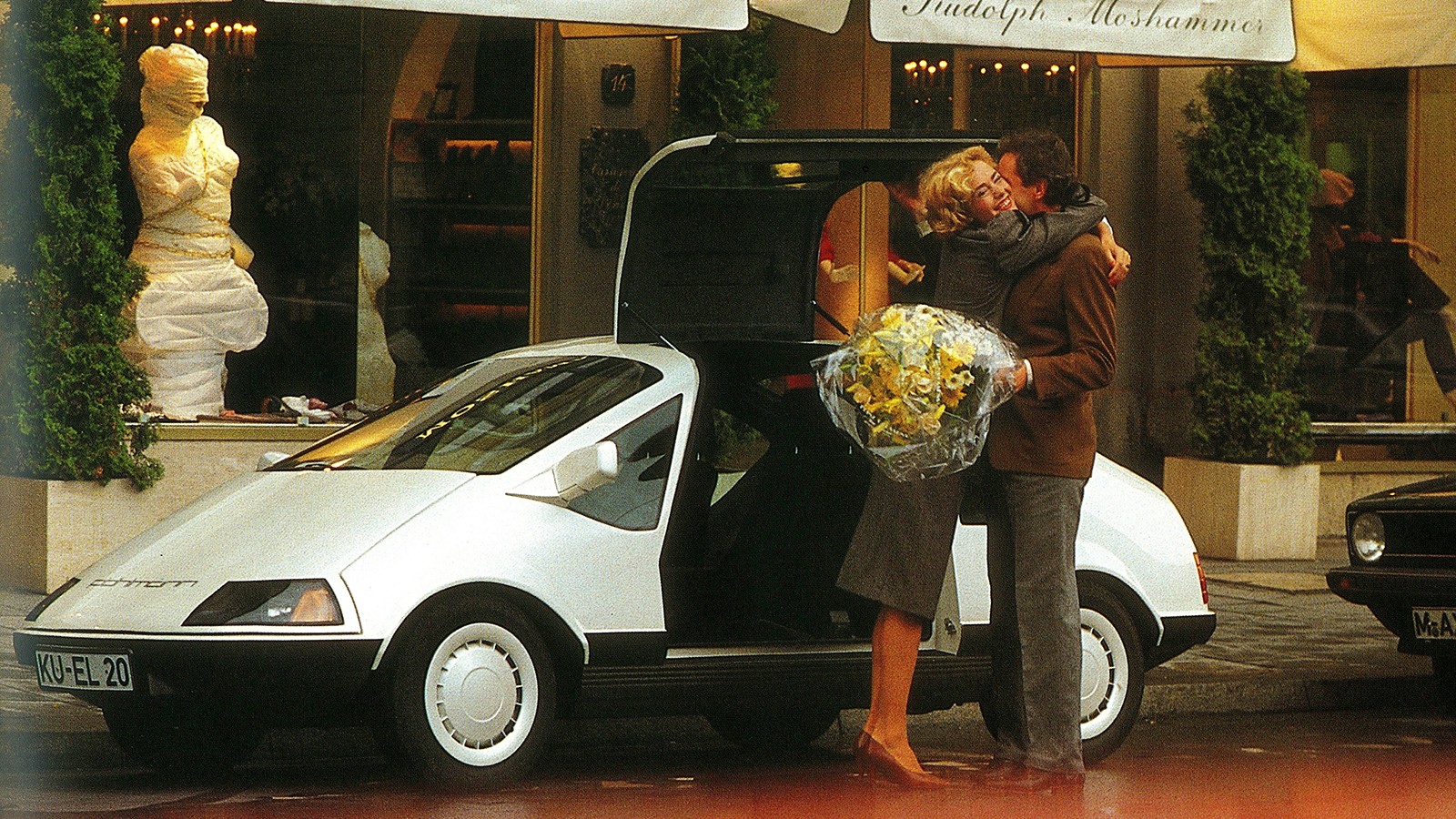 © Classic & Sports Car
© Classic & Sports Car -
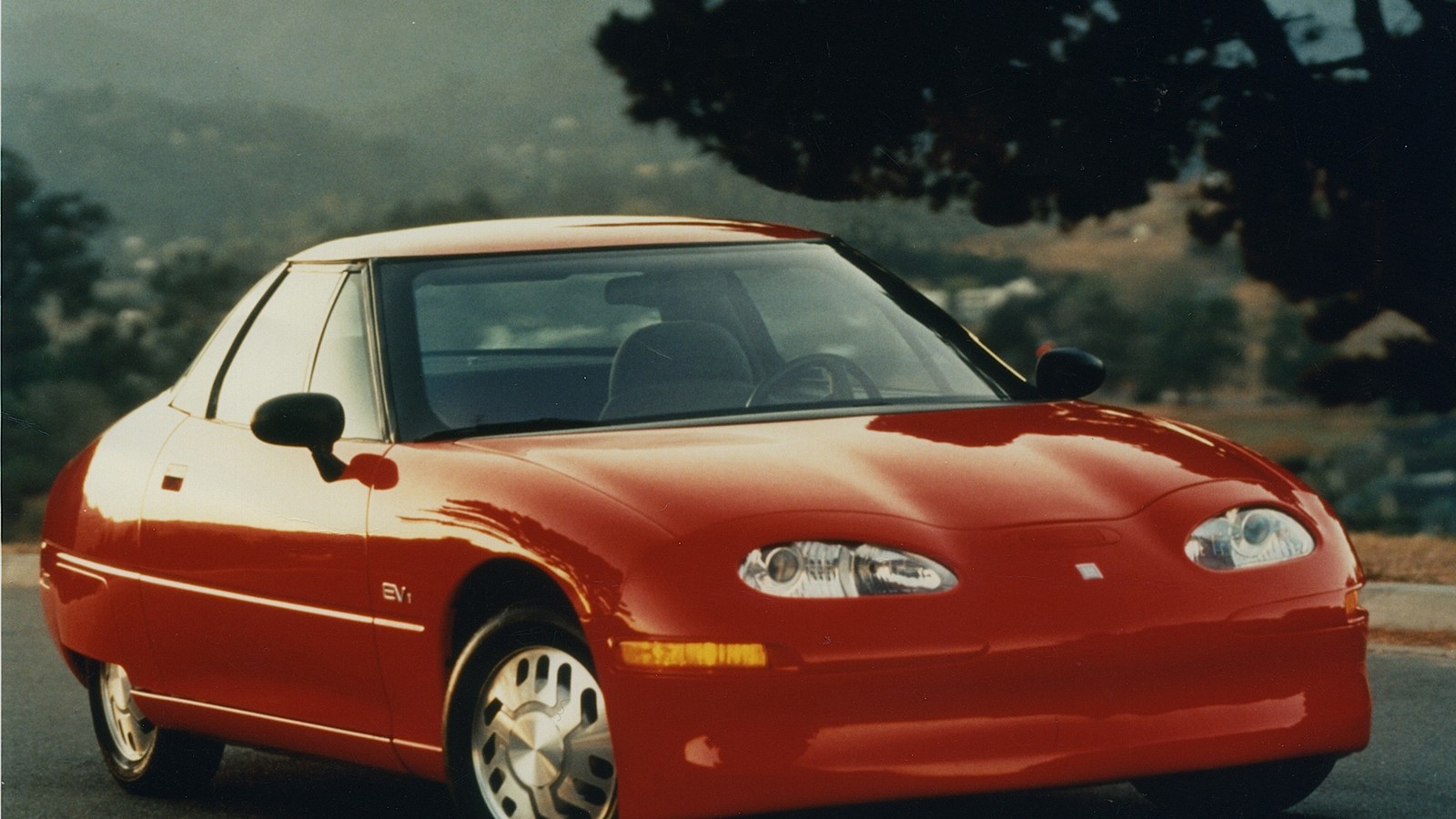 © Classic & Sports Car
© Classic & Sports Car -
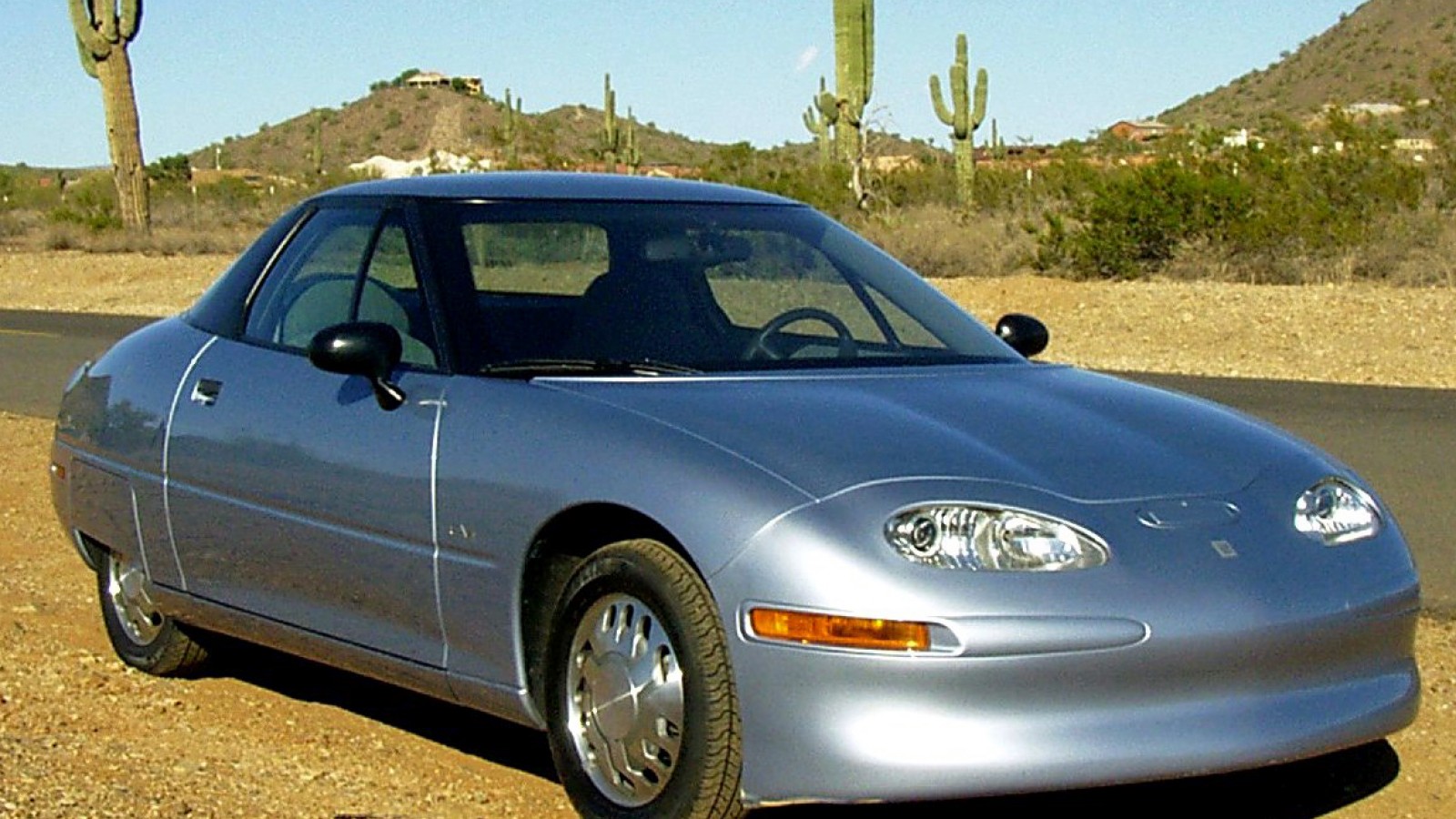 © RightBrainPhotography (Rick Rowen)
© RightBrainPhotography (Rick Rowen) -
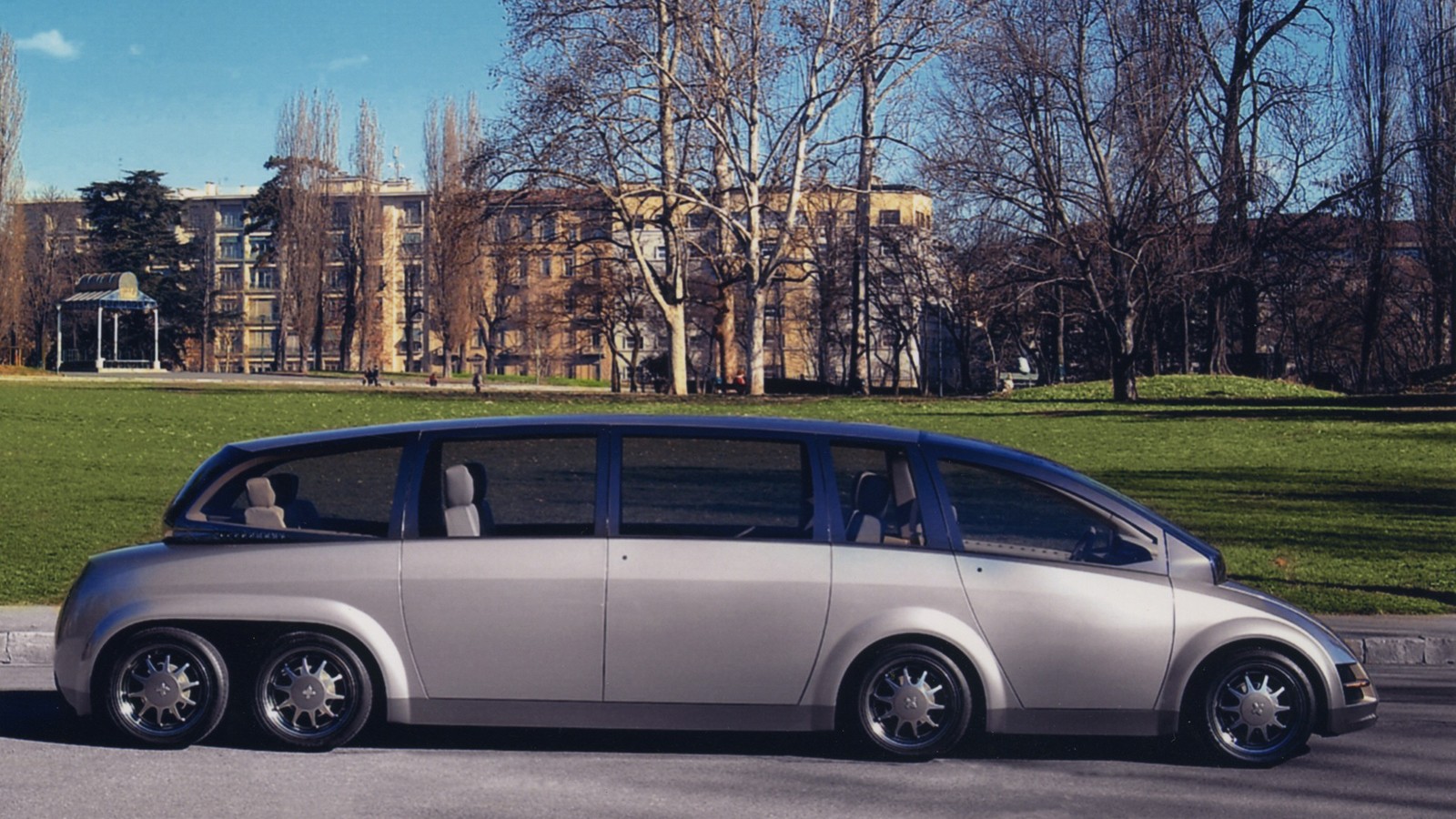 © Classic & Sports Car
© Classic & Sports Car -
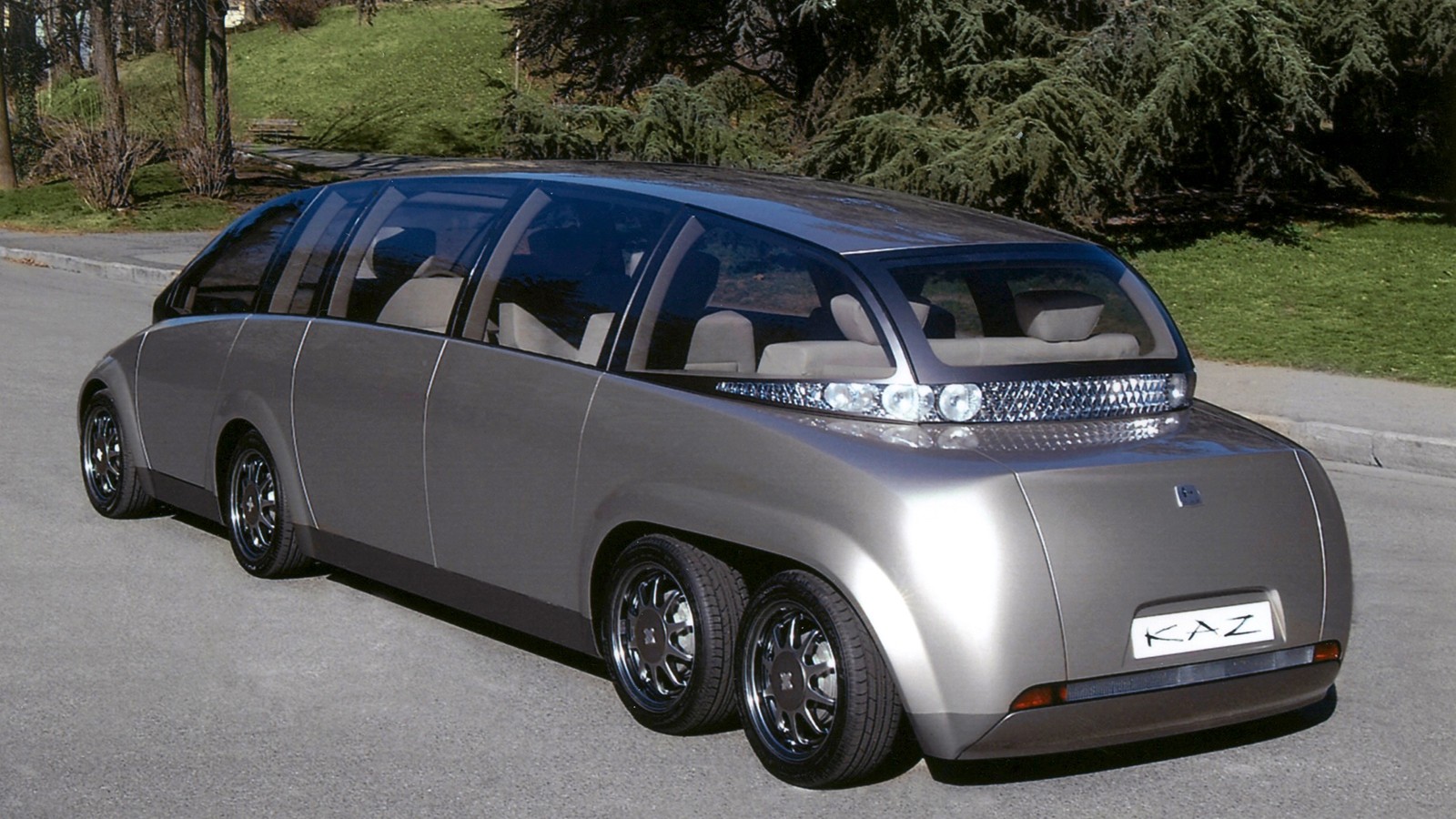 © Classic & Sports Car
© Classic & Sports Car
-
They’ve been around longer than you’d think
The old order in the car world is gradually being overturned, with electric car sales growing faster than ever and cities starting to turn against the internal combustion engine.
But it’s not the first time we’ve been down this route; far from it.
Throughout motoring history both big manufacturers and independent obsessives have battled to jump-start the electric car revolution. And until now, they’ve always failed.
It looks like it might be different this time, but either way, here’s our list of 10 electric cars that challenged petrol’s supremacy only to run out of juice along the way.
-
1. La Jamais Contente (1899)
La Jamais Contente holds a special place in motoring history as the first road vehicle – electric or otherwise – to break the 100kph barrier.
It was built around twin Postel-Vinay 25kW motors, good for 68bhp, in a Rothschild alloy body, and set the World Land Speed Record in May 1899 when it reached 65.79mph.
Unfortunately, the record didn't last long: it was broken in 1902 by... a steam-powered vehicle. Yes, really.
-
2. Wilson (1935)
Partridge, Wilson & Co was set up in Leicester in 1934 to make milk floats. A year later, it introduced a neat electric car.
To banish the stigma of its whirring 64V motor, the shapely bonnet fronted an attractive two-seater coupé body by Arthur Mulliner. It cost £385 when a Morris Ten was half that, had a range of just 40 miles, a 27mph top speed and took half a day to recharge.
Yet 40 were sold, making it Britain’s most successful electric car in the period from 1918 to 1939.
-
3. Henney Kilowatt (1959)
Fitting a replacement drivetrain in an existing model was pioneered by the Henney Kilowatt in 1959, adapting Renault’s Dauphine.
The National Union Electric Company had the idea, and NY hearse-builder Henney converted the cars. Early examples had a 36V, 18-cell system, but a full charge only gave a 40-mile range, so it was doubled to 72V for 1960, for a 60-mile range and 60mph maximum (20 up).
Of 47 built in two years, 32 were sold to electric utilities; the rest went to punters at a whopping $3600 each. It had a long life span though: it was still advertised in ’79!
-
4. Compton-Leyland (1971)
BL was prescient when it unveiled an electric concept in July ’71, with an oil crisis about to send the economy haywire.
The hardware and heavy lead-acid cells were out of a Crompton Battricar milk float, while its underbits were all Mini.
The stats were familiar: 32mph max, 40-mile range, nine hours to recharge and £300 for new batteries after three years.
-
4. Compton-Leyland (cont)
Anorak fact: Legendary designer Giovanni Michelotti styled the plastic body, while the ‘quartic’ wheel – later lampooned in the Allegro – also made its debut in the Compton-Leyland.
-
5. McKee Sundancer (1974)
McKee Engineering of Illinois built the groovy 1974 Sundancer as a showcase for Exide batteries.
Bob McKee concealed a dozen 6V, golf-cart lead-acid batteries inside the backbone of the chassis – they could be quickly slid out and replaced by a fully charged set – for a low centre of gravity, and gave it rack-and-pinion steering, all-round coil suspension plus disc brakes.
The 40in-tall body also had a lift-up canopy in true ’70s kit-car style, and was impressively aerodynamic.
-
5. McKee Sundancer (cont)
The Sundancer had a range of 100 miles at 30mph and could hit that speed in 9.5 secs.
But although McKee offered the car in high-oil-price 1980, there were few takers, and Motor Trend declared it ‘a bit small for city traffic’.
-
6. Lucas Electric Taxi (1975)
Many London taxis are driven round the clock – belching diesel smoke as they go – by two or three owners sharing the purchase price. Such blokes wouldn’t have liked the 1975 Lucas Electric Taxicab.
Via the Met’s Public Carriage Office, cabbies were said to have given, ahem, ‘constructive criticism’, which might explain why the prototype died a death.
-
6. Lucas Electric Taxi (cont)
The big drawback to day-and-night use (although “not sarf of the river, guv”) was the 100-mile range, even with the vague idea of a battery exchange scheme. After all, there were no charge points at petrol stations and in car parks as there are now.
Still, it was compact, nippy, stylish (looks by Ogle Design), front-drive and a spent force shortly after touching its 55mph top speed.
-
7. EAC Silver Volt (1980)
British electric car prophet Sir Jon Samuel (largely behind the Enfield 8000) took his gospel to the USA and in 1980 turned a Buick Century wagon into the sleek Silver Volt.
With the bluff nose made more wind-cheating and its V6 exorcised, it was rewired with a 144V pack, a DC motor and an ‘exciter’ to moderate acceleration.
EAC cheated by equipping this barge with a petrol-powered generator to boost its range and power the steering, brakes and aircon. Still, with regenerative braking onboard it was in effect a prehistoric Prius.
-
7. EAC Silver Volt (cont)
The SV could go further (80-100 miles) in stop-start traffic than at 55mph (60), so its 70mph top end was best kept for an impetuous sprint to the mall.
Unfortunately, the gigantic $14k price-tag deterred everyone, despite Sir Jon’s promise of ‘rather a Rolls-Royce feel’.
-
8. Pohlmann EL (1981)
Everyone seemed to have rosy memories of the Mercedes-Benz 300SL’s gullwing doors, reckoned German electric trolley maker Pohlmann. So why not use them to trigger a bit of interest in electric motoring?
They were the main feature of the 1981 Pohlmann EL – well, other than its 0.25 drag coefficient (aided by concealed rain gutters and bonded glass) or the 40V of power, supplied via an electric motor attached to each of the rear wheels.
Electricity giant RWE footed the entire cost of designing and building the 30 ELs up to 1988.
-
9. General Motors EV1 (1996)
The EV1 of ’96 was the first production model from a mainstream US car-maker designed to run just on batteries.
At first these were lead-acid lumps giving a 75-mile range, but in ’99 a switch to novel nickel-hydride cells doubled it. Regenerative braking perked up charge on the move.
Selected customers paid $549 a month to lease one, and many were evangelical about the plastic two-seater, which was smooth, quiet and came with aircon plus one-way thermal glazing. It’s also the most aerodynamic car ever marketed, with a Cd of 0.19.
-
9. General Motors EV1 (cont)
By 2004, however – and with all leases expired – GM axed the venture. Conspiracy theories about its motives inspired the 2006 flick Who Killed the Electric Car?
To add insult to injury, most EV1s were destroyed by GM, and museums seeking a decommissioned one had to agree they would never make it functional again.
-
10. I.DE.A KAZ (2001)
This bizarre stretched limo was schemed by a team at Japan’s Keio University, headed by Professor Hiroshi Shimizu, to demonstrate the promise of lithium-ion cells.
Shimizu began work in 1996 and the Keio Advanced Zero-Emissions vehicle made its entrance at the 2001 Geneva show, having cost $4m.
-
10. I.DE.A KAZ (cont)
This leviathan featured an electric motor generating 74bhp of power and 74lb ft of torque in each of its eight hubs.
It could use this 580bhp arsenal to sprint to 62mph in 7 secs, all thanks to 84 lithium-ion batteries, concealed under the floor, feeding through an ‘Intelligent Power Module’ drive unit. A single charge gave a 186-mile range.
The vehicle was built by Italy’s I.DE.A consultancy and it achieved a spectacular 194mph during a proving session at an Italian test track in October 2002.
